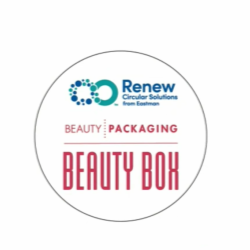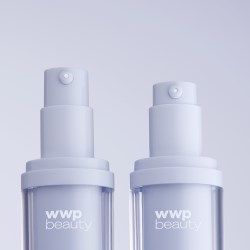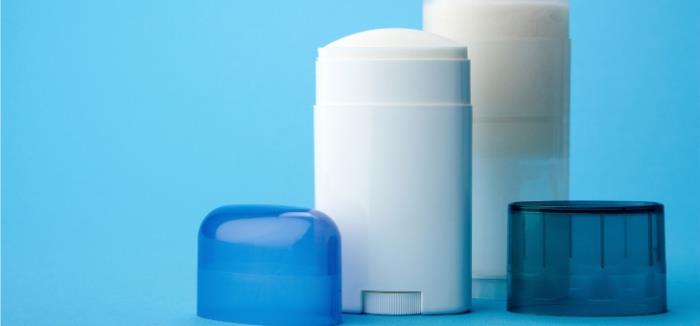

As more people participate in trends like going vegetarian, vegan, and paleo, more attention is being paid to what ingredients are actually in the products we use. This concern for natural yet efficient ingredients applies to the beauty and cosmetics sectors as well. Deodorant, for example, has jumped on the organic bandwagon and is offered in all-natural, aluminum free varieties. Numerous types and brands of deodorant exist, cluttering the marketplace and obscuring customers’ view of what is actually the best product.
Seeking remedies to avoid undesirable body odors dates back to the Ancient Egyptians, who would take perfume baths and apply products like incense, carob and porridge to their bodies to reveal a more intoxicating scent. Fast forward to the early 1950s, roll-on deodorant entered the marketplace, and the next decade saw the rise of deodorants in aerosol cans. In 2019, any consumer can acknowledge the sweeping array of deodorants that are offered in stores, demonstrating the continuing need for such products.
The primary issue is to distinguish between antiperspirant and deodorant, which are commonly used interchangeably. In fact, there is a key difference between the two products: antiperspirant actually stops individuals from sweating, while deodorant reduces odor from sweating. With this distinction in mind, it is clear to see how the functions of the products differ and why each might be purchased for varying needs.
Extensive research has debunked the long-held belief that aluminum in deodorant can negatively impact your health, and most worryingly cause cancer.
“The claim that aluminum-containing antiperspirants cause cancer is a myth that has been debunked in the minds of doctors and scientists,” said Dr. Susan Massick, a dermatologist at The Ohio State University Wexner Medical Center.
Yet, aluminum-free deodorant still provides a valuable alternative for people with predispositions towards sensitivities or allergic reactions due to aluminum exposure.
In the wake of such a movement, countless brands have cropped up to boast natural deodorant alternatives. Additionally, big brands like Arm & Hammer and Dove have produced aluminum-free options to satisfy consumers. By booting the aluminum and instead including natural, soothing products like green tea, cucumber, and Vitamin E, natural deodorants have gathered a huge fanbase of devoted customers. While some natural deodorants may come with a $20 price tag, there are some more reasonably priced options, dipping as low at $6. As with any cosmetic, consumers should evaluate their specific needs and budget in order to decide which product is best.
With an increased array of choices and a pervasive desire for natural alternatives, the beauty industry must adapt to properly package such offerings. Another facet to consider is the various types of packaging offered. For instance, deodorant is available in creams, sticks, roll-on, butters, sprays and more. These varieties of deodorant highlight a need for effective packaging solutions specific to each product. Based on the current craze, natural deodorant alternatives are here to stay, and the cosmetics industry must adapt their packaging accordingly.





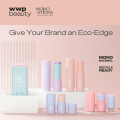

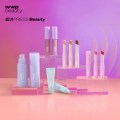
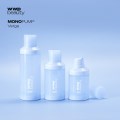
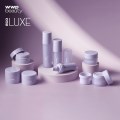
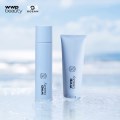


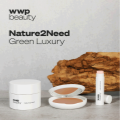

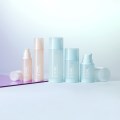



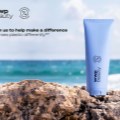
.jpg)


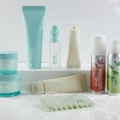






.jpg)

.jpg)









